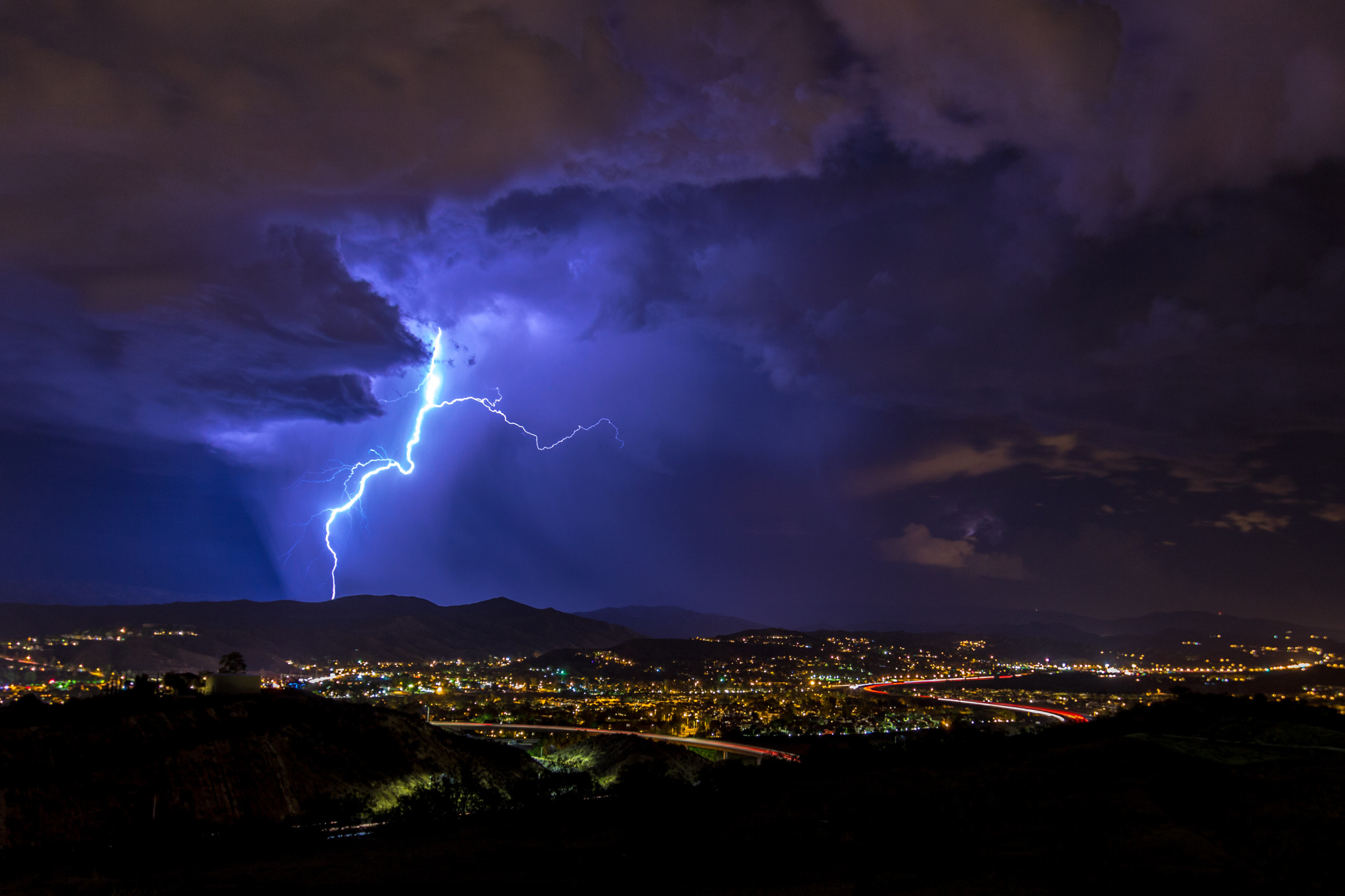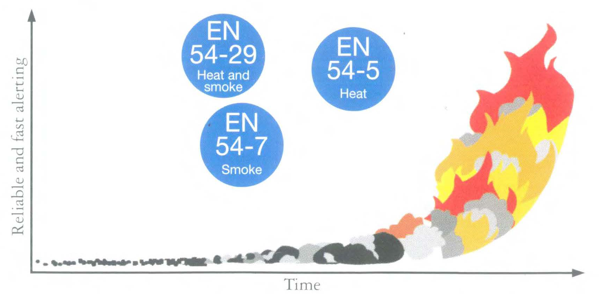Danger of Lightning:
Lightning is considered as one of the worst phenomena that would hit your electrical system.
It can cause critical damages such as human injuries, fires and mechanical mal-function.
In Lebanon the number of lightning strikes reaches 1.3 events/km2/year, leading to a total estimation of more than 13’000 strikes per year.
This is a high risk for solar systems.
That is why many international standards (such as IEC 60364-7-712) are established in close collaboration with the International Organization for Standardization (ISO) to ensure safety measures are taken when installing solar power supply systems.
Do Lightning Damage Solar System?
Renewable energy systems are invading the power generation sector; knowing the high cost invested in solar systems, it is clear that protection against natural hazards is a must for electronics installed on a rooftop.
Statistically, lightning is a main cause for the damage in solar systems (32%).
This results in high maintenance expense when no adequate protection is implemented.
One might wonder how this could happen:
The lightning risk is divided in two parts:
- Direct Strike
- Indirect strike (also called surge)
The direct lightning strike is sporadic but severe: it is caused by an electrical discharge caused by imbalances between storm clouds and the ground, or within the clouds themselves; and can render your system useless. Panels can melt, inverters and other components can be damaged permanently due to the inductive effect.
The indirect lightning, or surge, is divided into two parts:
- The first is ground current caused by lightning striking an object nearby (tree, metallic structure…) and consequent electricity travelling through ground to reach the system
- The second is side flash which occurs when a lightning hits an object and jumps to another object.
Why DHAS?
Installing solar panels near a thunderstorm is risk-free only when a trustworthy expert installs the system using high-quality materials.
All that is required is to ensure that the company does a reliable job and considers adequate lightning protection to ensure your solar panel is well preserved.
DHAS specialized team provides the most effective and modern ways for lightning protection, based on years of researches and experience (since 1973) while following international standards.
DHAS engineering team provides full protection solutions for solar systems including grounding and surge arrestors.
Professionals frequently advise grounding as a practical way to safeguard your solar system. By using this technique, lightning is diverted. You cannot stop lightning from striking, but you may deflect it away from solar panels and toward the earth, which is a helpful rule of thumb. Grounding also requires proper measurement to assure functionality. DHAS provides the right tools to guarantee the low resistance of the grounding.
Solar panels are protected by surge arrestors which take up induced voltage from impacts and ground them. The quality of the surge arrestor controls its functioning, while price varies a lot based on the performance of the devices, we strongly advise a proper selection of such device for your system.
Conclusion
Safety always comes first and risks can be minimized through preventive measures.
In the case of a lightning, you have the power to redirect the current away from your equipment and the chance to save them for damages.





